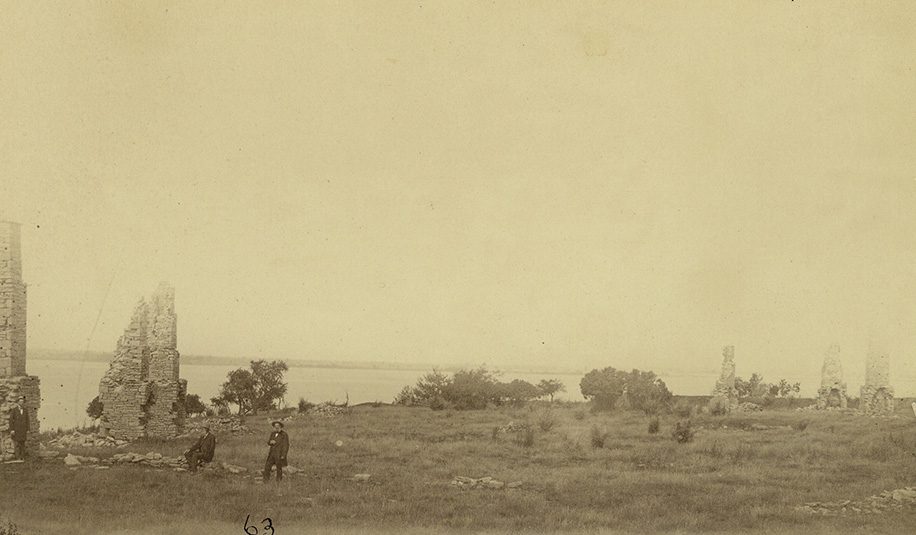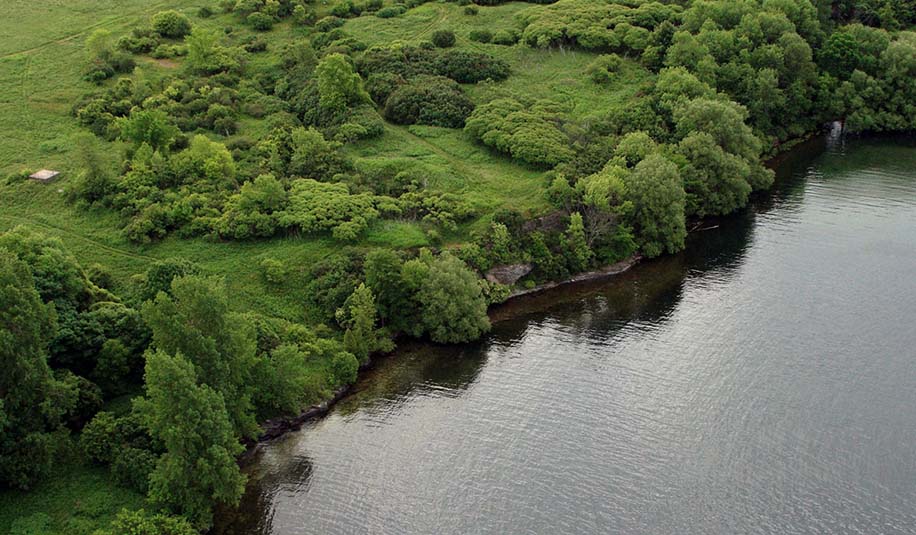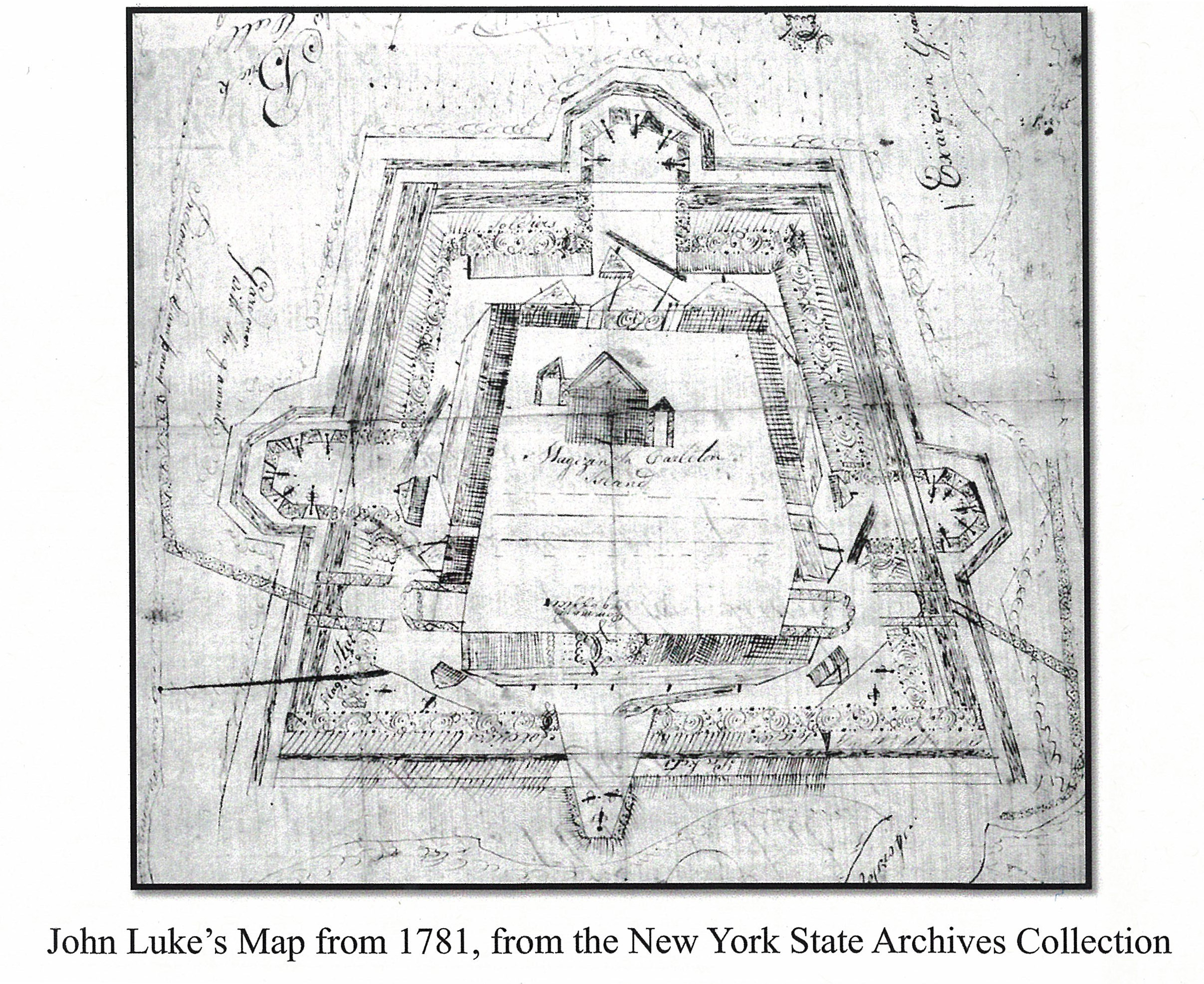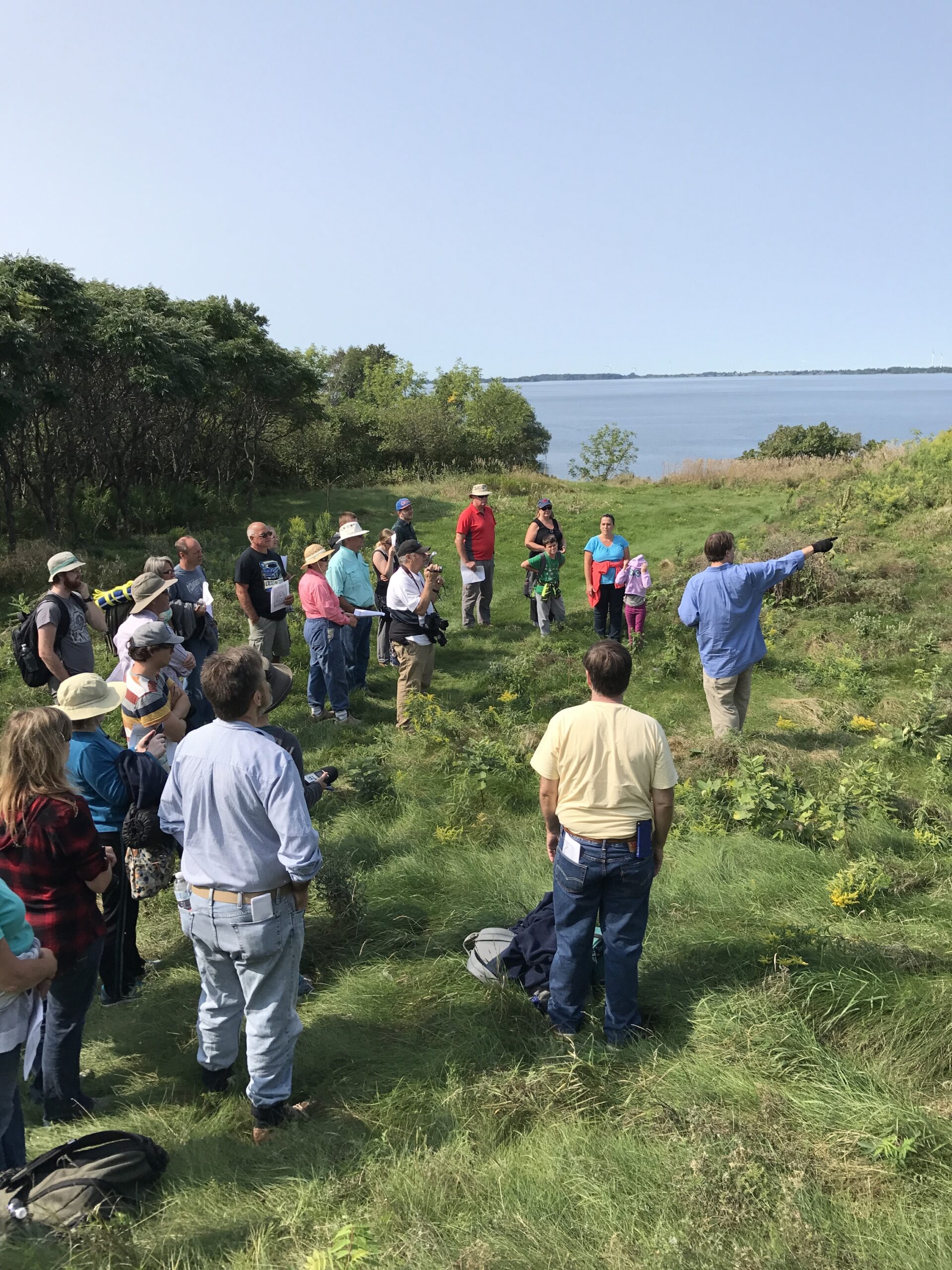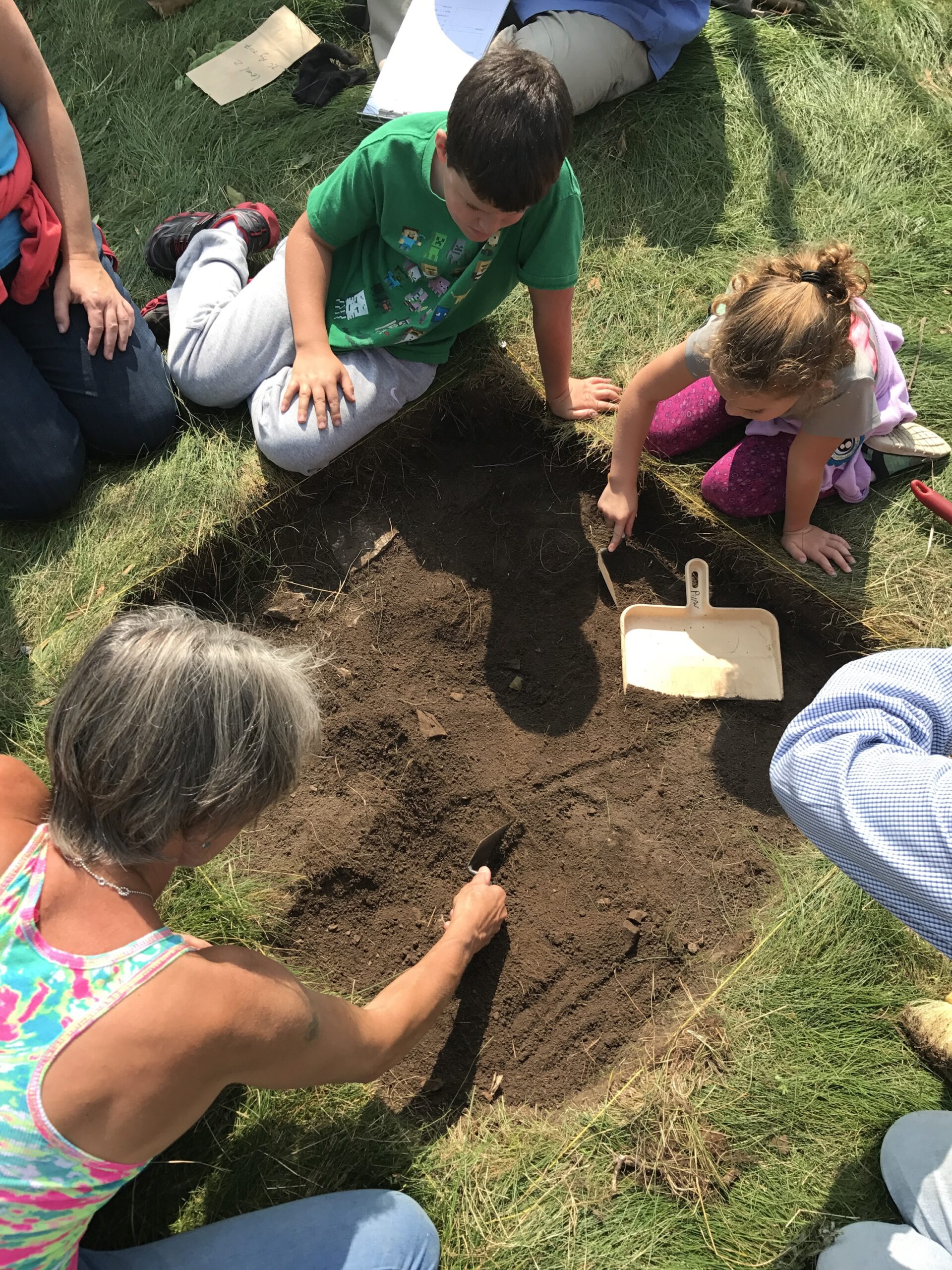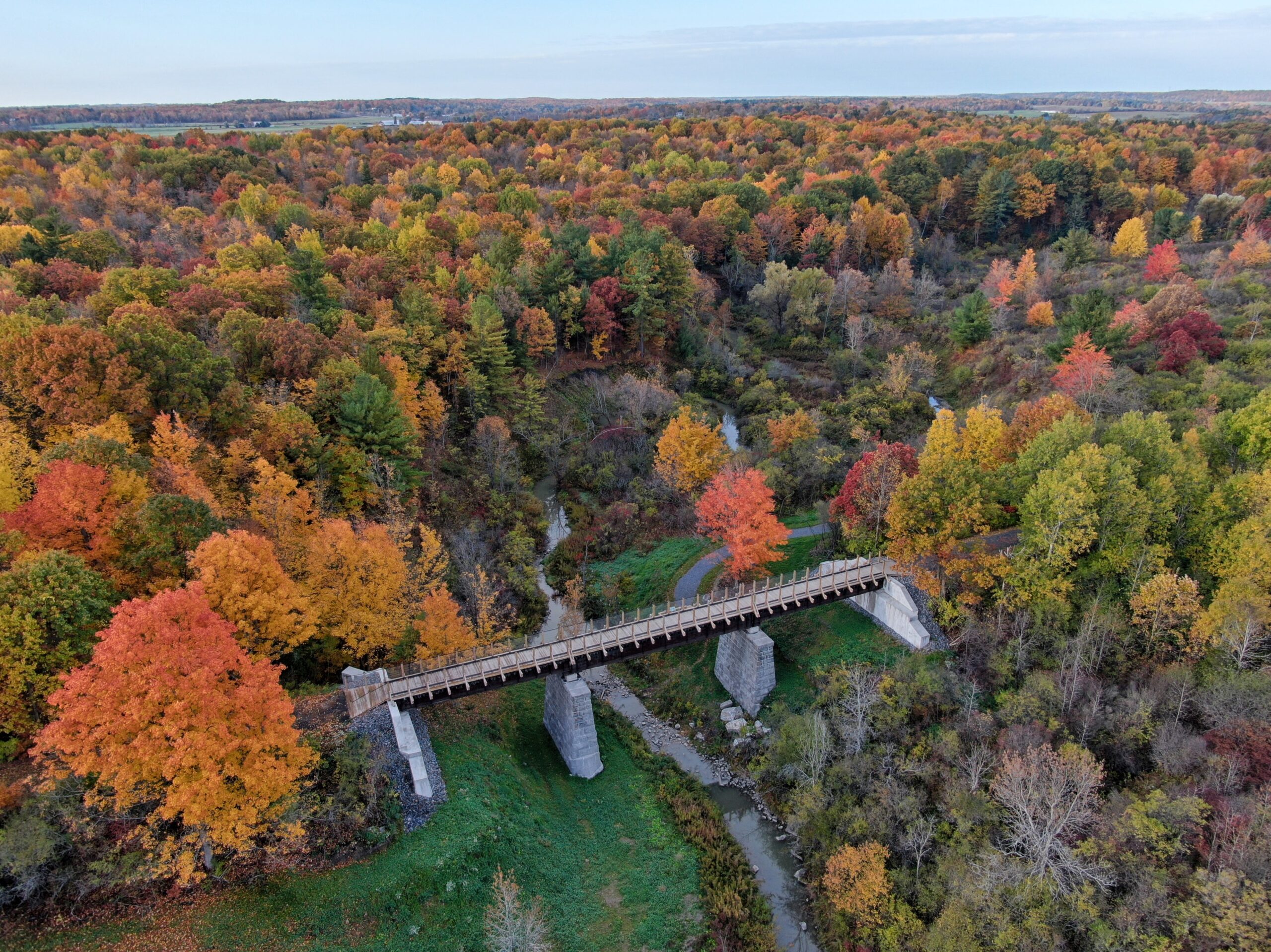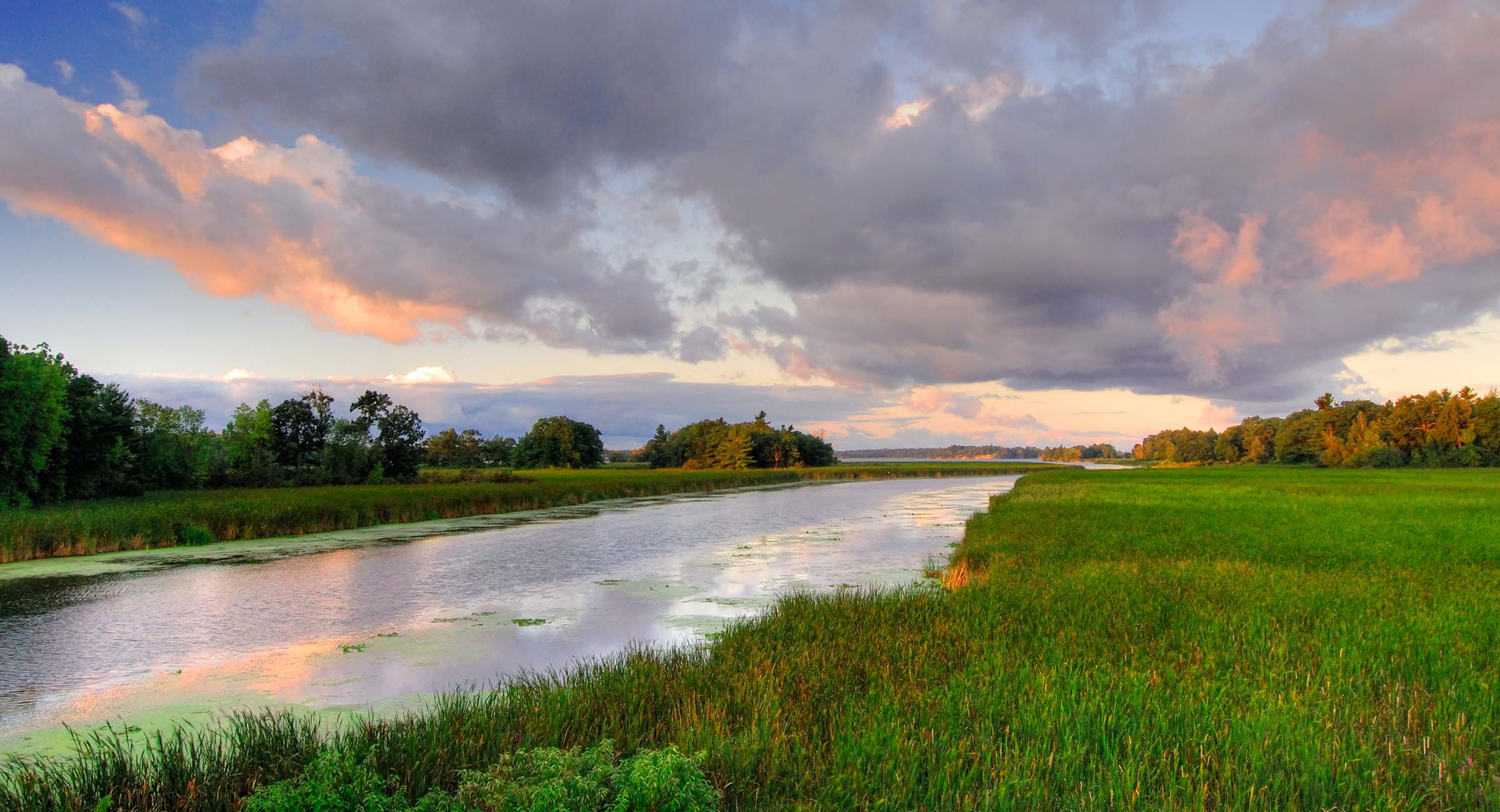Location
Directions: Access is limited to TILTreks or special arrangements, as the preserve has no public access.
Discover the Historic Fort Haldimand on Carleton Island
Perched at the head of Carleton Island in Cape Vincent, NY, the remnants of Fort Haldimand, built by the British in 1777 during the American Revolution, tell a fascinating story of history.
Historic forts like Fort Haldimand Preserve surrounding natural areas, creating habitats for diverse species and protecting ecosystems from modern development. Over time, the structures themselves integrate with the environment, providing unique microhabitats and opportunities for ecological education. Access is limited to TILTrek events or special arrangements, as the island has no public access.
Carleton Island’s Transformation
Carleton Island, once used as grazing land for Zenda Farms’ beef cattle, was developed into lots by the Patten Corporation in the 1980s. In 1986, TILT partnered with the corporation to establish and manage conservation easements, protecting the island’s historical and natural significance.
For more information about the island visit:
Preserve History
Built in 1777, Fort Haldimand served as a key fort for the British during the war. By 1778, Carleton Island served as a vital shipping depot, refugee base, and military garrison, with Fort Haldimand protecting its operations. Archaeological excavations at the fort have provided unique insights into British military life during the Revolutionary War, as it was exclusively occupied by British forces—a rarity among New York State’s Revolutionary War sites. One notable figure who lived at the fort was Molly Brant, a Mohawk leader who played a crucial role in keeping the Iroquois Confederacy aligned with the British. The fort’s strategic location on a bluff overlooking Lake Ontario made it ideal for defense, with a powder magazine, barracks, and parapets. Today, only a few piles of stones and chimney remnants remain.
Explore More Preserves
Related News
-

Thank you for your Service, Cindy!
Cindy Bower This past summer, Cindy Bower retired from the TILT board after 11 years of service. As a dedicated…
-
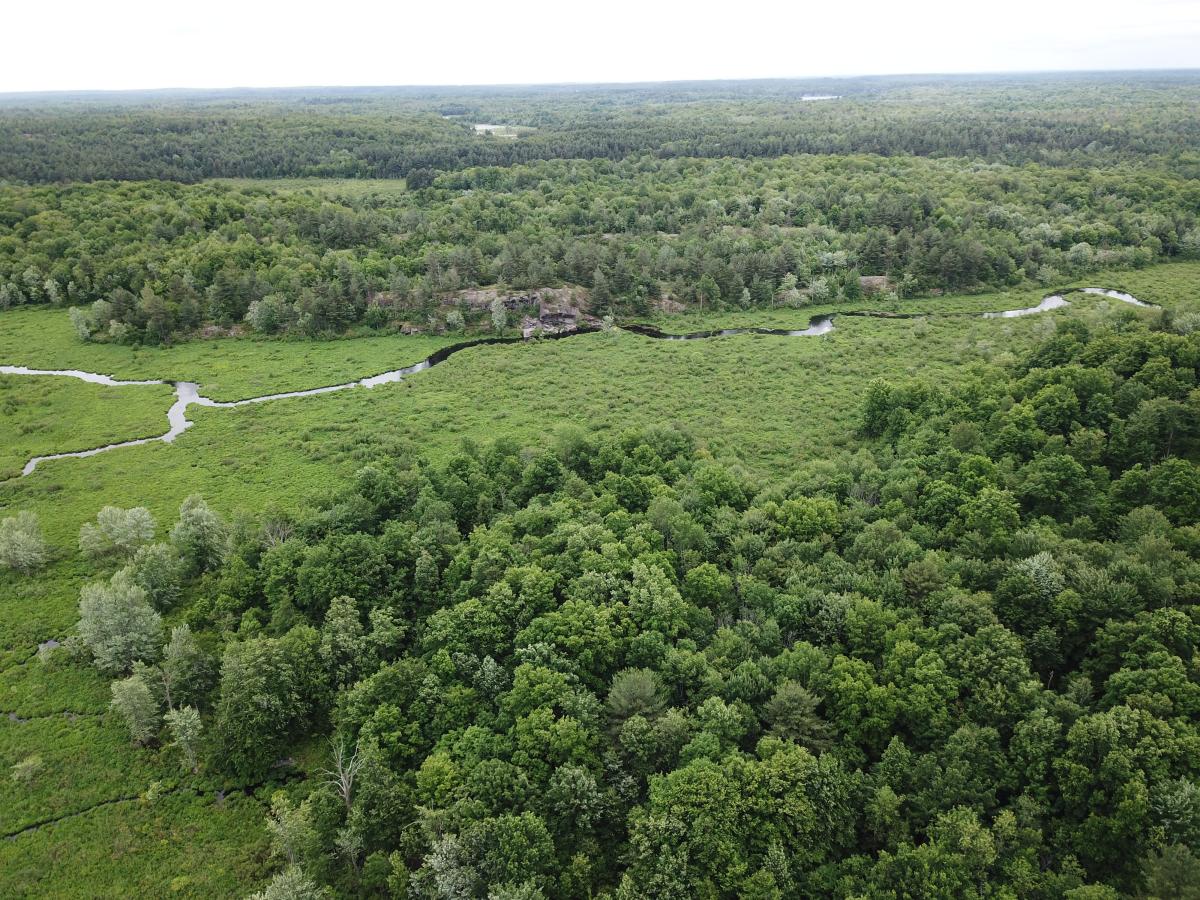
TILT Collaborates with Northeast Wilderness Trust, Further Protecting Lands in A2A as Forever Wild
These measures primarily come in one of two forms: voluntary conservation easements placed on privately-owned lands (e.g. TILT’s protection of…
-
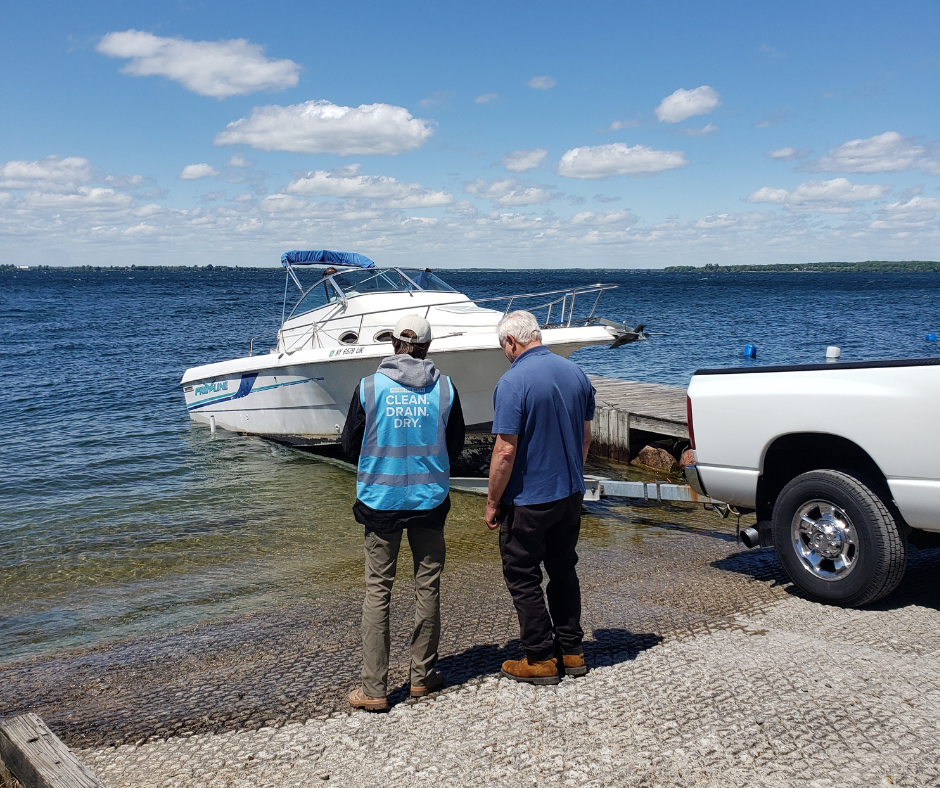
WISP Program continues for Fourth Season
For the fourth consecutive season, the Thousand Islands Land Trust (TILT) has partnered with the St. Lawrence Eastern Lake Ontario…
-

Kids are Getting WILD Outdoors on Wednesdays with TILT
Families continue to embrace the outdoors in the Thousand Islands and show us how important time spent in nature is.…
